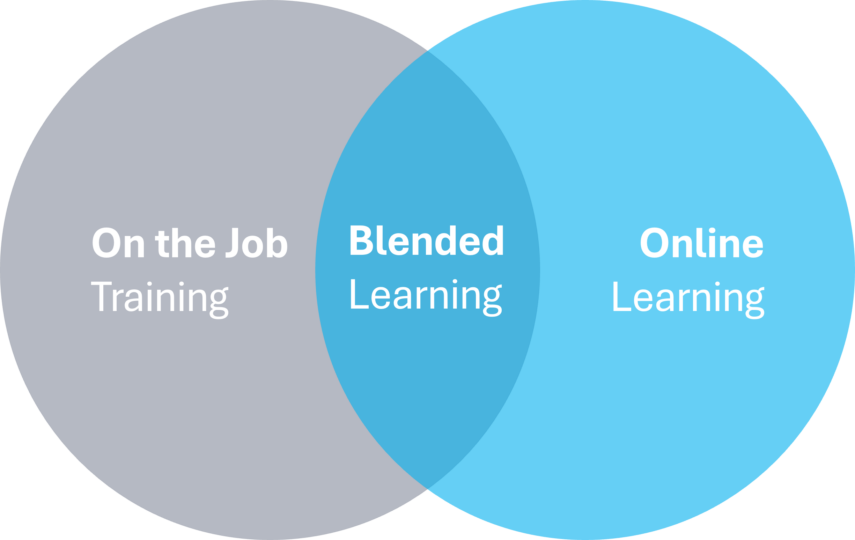
03.11.23
Employee training in hygiene
Employee misconduct is one of the biggest hygiene risks. But how do we sensitize our employees to hygiene issues? How do we ensure that processes and standards are adhered to? Combining face-to-face courses with digital elements offers new opportunities.

Regular sensitization through training
Whether hygiene concepts work in practice depends largely on how well employees are instructed. Every employee makes an important contribution to compliance with hygiene guidelines.
The company is responsible for ensuring that its employees are trained. In most cases, it is not enough to send employees to a one-off classroom training course when they join the company. It is often a legal requirement that employees receive regular training. This is the only way to achieve the necessary awareness to minimize the risk of misconduct.
Set up hygiene training courses
As important as training is, many companies face the same challenges:
- Employees are absent from day-to-day operations due to training, and the absences have to be compensated for.
- Not all employees are able to attend the training dates. Additional training has to be organized due to vacations or illness.
- Training rooms, infrastructure, travel and external speakers cause high costs.
Especially when employees are spread across different locations, face-to-face training incurs high costs. Training managers should therefore think carefully about how and where training courses are held.
Is it worth bringing the employees together in one training center? Can employees be trained on site? Which elements can be prepared or repeated digitally?
The targeted support of face-to-face events with digital elements offers many opportunities to make skills development more efficient (blended learning). Recurring exercises that course participants complete on their smartphones or short refresher courses every few months are conceivable.

Target group and skills
What scenarios are employees confronted with in practice? When should they act and how? What could be the reasons why mistakes occur?
Every training manager should ask themselves these questions. The competencies for training courses are derived from this. Through training, employees should acquire the skills they need on a daily basis to comply with hygiene regulations. Competence to act means: It is not enough to explain the regulation, we have to show what it means for the employee in their day-to-day work.
Ideally, employee training should be tailored to the target group. A group leader has different requirements than a specialist. Here too, digitally prepared practical scenarios can provide valuable support in order to individualize, supplement or replace classroom modules.
Didactic reduction
Didactic reduction is an important principle to ensure that the learning process is effective and accessible to learners. Training courses should focus on the essential content that is needed in practice. Face-to-face training should teach what needs to be taught on site. The exchange between learners can contribute a great deal to the success of a training course.
Other aspects can be covered by flexible digital training blocks. The use of authentic images, audio and videos can increase identification with the learning material.
Variety of methods
Training often takes place in frontal teaching: The line manager explains to the employees how things should be done. However, pure frontal teaching is often perceived as boring and is not very effective. It should therefore be combined with other methods such as group discussions, questions, exercises and digital repetitions. Ultimately, learning is always about creating links to existing knowledge. Learners should be able to link new elements with existing knowledge. A variety of methods should be used for this purpose.
The choice of methods depends on various factors, including the target group, the course content and the resources available. Using a variety of methods helps to make the teaching and learning process exciting, which leads to better learning success.
Summary
Blended learning saves costs, increases flexibility and also brings qualitative benefits. Hygiene topics are predestined for blended learning, as many employees always have to be trained on the same topics. Those responsible for hygiene should consider the didactic preparation of training courses in order to achieve the most sustainable results possible.












Tell us what you think
Be the first to comment this post.
You must be logged in to leave a comment.